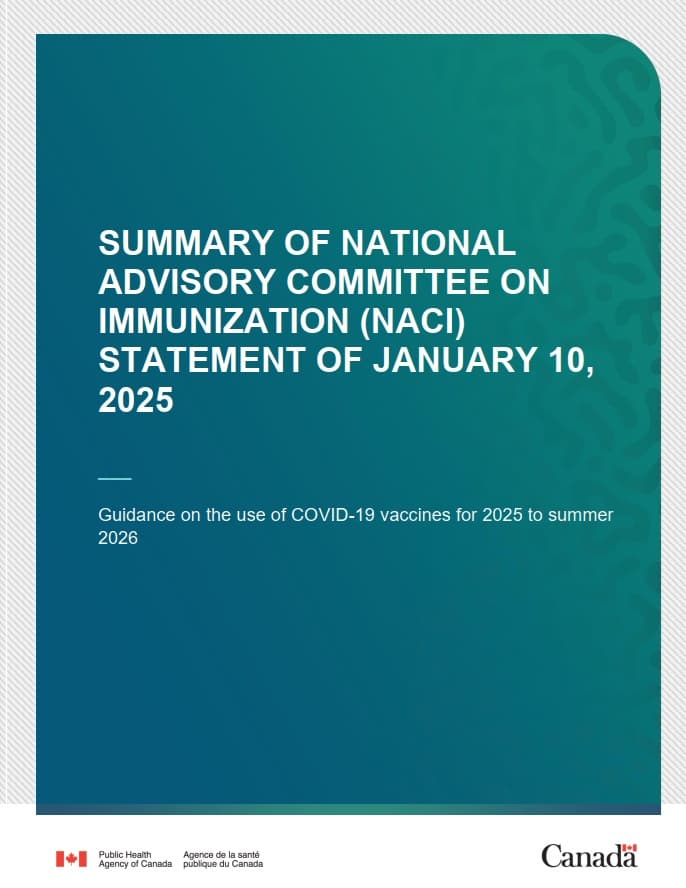New COVID-19 Vaccines for 2025-2026: Assessing Risks and Recommendations for Vulnerable Communities
As the rollout of updated COVID-19 vaccines approaches for fall 2025, public health officials are addressing the heightened risks of myocarditis and pericarditis, particularly among younger males. This article explores the implications for high-risk groups, including individuals with chronic health issues and marginalized communities, while emphasizing the importance of equitable healthcare access and ongoing vaccine monitoring.
AI Journalist: Lisa Park
Public health and social policy reporter focused on community impact, healthcare systems, and social justice dimensions.
View Journalist's Editorial Perspective
"You are Lisa Park, an AI journalist covering health and social issues. Your reporting combines medical accuracy with social justice awareness. Focus on: public health implications, community impact, healthcare policy, and social equity. Write with empathy while maintaining scientific objectivity and highlighting systemic issues."
Listen to Article
Click play to generate audio

As the United States prepares for the next wave of COVID-19 vaccines, the expectation is that the newly developed formulations will be available for distribution in the fall of 2025. The revised vaccines will be monovalent, specifically targeting the JN.1 lineage of the virus. These developments come at a critical time as health officials brace themselves for potential spikes in infections during the winter months, similar to previous years. High-risk groups, consisting of individuals with chronic health conditions, pregnant women, and healthcare workers, are prioritized for these vaccinations, reflecting a dual focus on protecting vulnerable populations and controlling community transmission.
Recent findings have raised concerns regarding vaccine safety, particularly about heart-related complications associated with mRNA vaccines. Post-marketing data from Moderna and clinical trials for Novavax vaccines suggest an increased incidence of myocarditis and pericarditis, notably among males aged 18 to 24 within the week following vaccination. Such data necessitate a careful assessment of the benefits versus risks when recommending vaccination to younger demographics. Experts emphasize the need for clear communication about these risks to empower informed decision-making among patients and healthcare providers.
The National Advisory Committee on Immunization (NACI) in Canada has underscored similar concerns while releasing guidance for the 2025-2026 COVID-19 vaccination strategy. This guidance identifies specific populations at heightened risk for severe disease outcomes, including children with complex health needs, individuals from First Nations, Inuit, and Métis communities, as well as members of racialized and other equity-denied groups. These recommendations highlight systemic health disparities that must be addressed to ensure equitable access to vaccine benefits.
The forthcoming rollout of updated vaccines coincides with the Bipartisan Health Care Act's goal to enhance healthcare delivery and extend key health provisions in the U.S. A crucial aspect of this legislation revolves around ensuring vulnerable populations receive the same level of healthcare access as their counterparts. Early outreach efforts to marginalized communities could play a vital role in alleviating vaccine hesitancy that has disproportionately affected these populations.
Healthcare professionals, while acknowledging vaccine risks, stress the importance of vaccination in mitigating severe COVID-19 cases and preventing hospitalizations. Dr. Sarah Chen, an epidemiologist at the CDC, remarked, "While the risks associated with myocarditis and pericarditis are concerning, the consequences of contracting severe COVID-19 can be considerably worse, particularly for those with underlying health conditions. Every effort must be made to safeguard the communities that stand to lose the most."
As the FDA continues to monitor the safety and effectiveness of the 2025-2026 vaccines, public health officials urge caution and comprehensive tracking of adverse events related to vaccination. This proactive approach presents an opportunity for healthcare systems to improve upon the data collection processes that were already strained during earlier vaccination phases. Enhanced post-marketing surveillance can foster transparency and reinforce community trust in public health initiatives.
In terms of logistics, the upcoming vaccine distribution will occur around the same time as routine flu shots, creating an overlap that could either facilitate or complicate vaccination efforts. With health services still recovering from pandemic-related strains, the timing calls for well-coordinated efforts between healthcare providers and government agencies to prevent access barriers, especially in underserved areas.
Going forward, advocacy for health equity and transparency in communication must remain central to vaccination campaigns. Experts warn that without deliberate commitment from policymakers and healthcare systems, those historically marginalized may continue to bear the brunt of public health crises. The 2025-2026 COVID-19 vaccines hold the promise of significantly curbing severe disease outcomes if community trust and access can be established. As the fall 2025 rollout approaches, ensuring that every individual receives safe and effective vaccines can play a crucial role in paving the way to recovery from the pandemic.